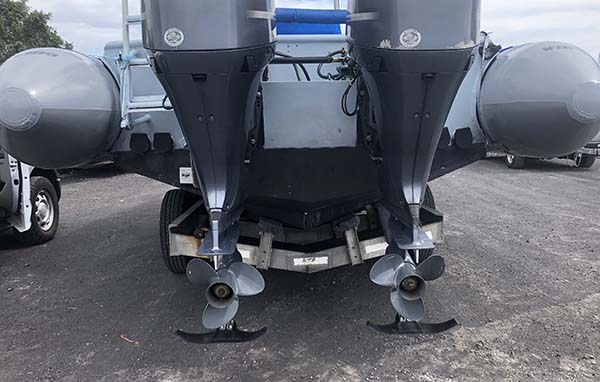The dark side of Swimming with Manta Rays in Kona
How can we do our best to protect what is most precious to us?
Manta Ray night Snorkel Kona’s biggest Industry
The Big Island of Hawaii is home to one of the most spectacular underwater shows known to man. Every night after sunset dozens of massive underwater flying aliens also known as manta rays look for food. They are filter feeders in search of small plankton critters. Humans discovered this predilection for little plankon critters 20 years ago and ever since then the manta ray night snorkel was born. The plankton likes to come to the light. During the day they hide inside the reef and the deeper parts of the ocean. But at night it has a predilection for the light. The Outrigger (used to be the Sheraton) Keahou hotel has had a light in the ocean for as long as people can remember. This powerful underwater light attracts the phytoplankton which is made up of small little crustaceans like shrimp that eat even smaller animals. The manta rays are able to scoop up these little critters with their large mouths designed to scoop up vast amounts of water and filter out the phytoplankton.

A manta ray does what mantas do best, put on a great show!
The Problem
When I first went swimming with manta rays in Kona in 2008 it was a very different experience. At the manta site one boat would occasionally linger for an our while it’s guests lay floating in the water. A small group of snorkelers would get the show of their lifetime and then head back to shore. Some nights it was only me and the other divers in my group. Fast forward to 2019 and the manta ray industry has grown exponentially. There are now upwards of 50 companies participating in the manta ray snorkel. The awareness of the activity has exploded with books, travel agencies, magazines, news outlets and more sharing the experience with the world. On some nights there can be over 30-40 boat operators at a single manta snorkel site.
With the introduction of new operators new problems have arose. Crowding, misbehavior, safety issues and the worst, injured mantas. There have been numerous reported sightings of injured mantas. They have pieces missing or propeller marks scored along their body. It’s sad to behold. The industry came up with standards to abide by in 2014 and the Manta Ray Green List was formed. Since then Kona Snorkel Trips and our sister company Kona Honu Divers have abided by these standards designed to deliver the best experience for people while giving the manta rays a chance to do their show in a safe setting.
The Solution
Kona Snorkel Trips feels that it is important to maintain the high standards we have set but we asked ourselves how can we further our efforts and protect the mantas by going above and beyond those high standards. A simple solution presented itself. The mantas are being injured by propellers so how could we keep them from coming into contact with our propellers? It is nearly impossible to see a manta at night on the surface so it would be difficult if not impossible to avoid it. By simply installing a protective device on our boat ‘Orca’ we can avoid the worry altogether! What a simple solution.
Now you may say, if it’s that simple then other operators must have done this already? This is the fascinating part. As industry pros we don’t know of a single operator that also has a protective device on their propellers! It is possible we are the first to have installed these devices and we hope that other operators will follow suit. When booking the manta ray swim with operators it is a simple matter of asking, “do you have propeller guards installed?”
Visit our website to Book a manta ray night snorkel Kona Snorkel Trips offers them 2 times a day. Swimming with manta rays in Kona is suitable for ages 5+ and is a great family outing.


